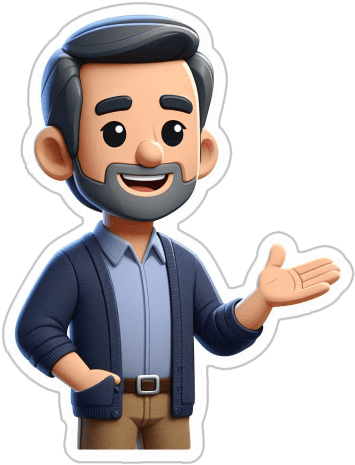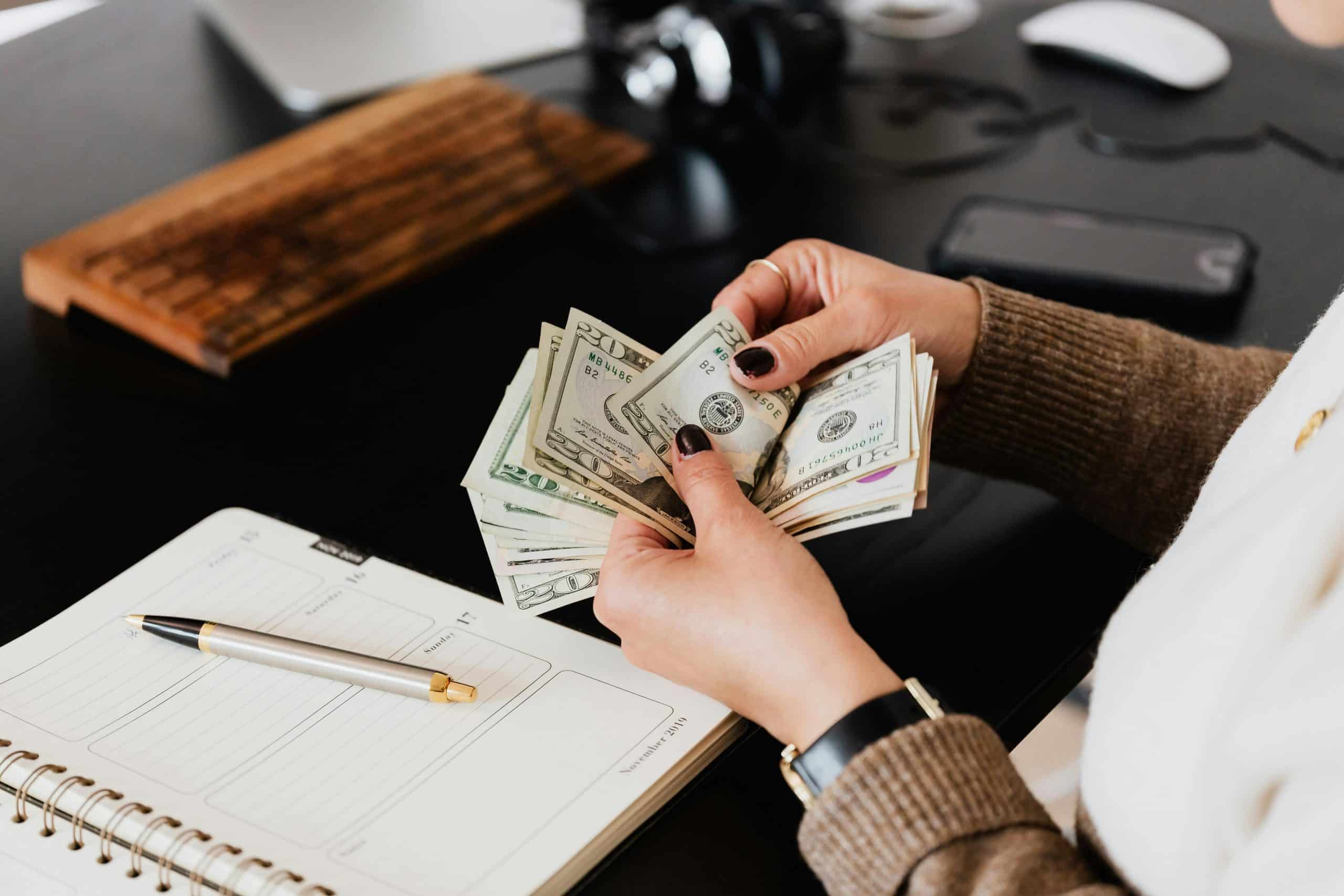If you’re struggling to stop living paycheck to paycheck and save money, you’re not alone. I’ve been there — stressed about every bill and unsure if my next paycheck would cover the basics. Breaking free from this cycle isn’t just about spending less or earning more, though both help. It’s about creating a financial buffer, changing your mindset, and making your money work for you. Here’s how to do it, with a few hard-earned lessons from my own journey.
1. Understanding the Paycheck-to-Paycheck Trap
Many people fall into this cycle because of rising living costs, stagnant wages, or a mountain of debt. If you feel like you’re just treading water, you’re not alone. Living this way drains your energy, keeps you one unexpected expense away from financial disaster, and can trap you in a cycle of expensive short-term solutions. If you’re in this spot, I’ve written a starter guide on how to get out of debt that might help you start the journey.
2. Building a Realistic Budget That Works
Most budgets fail because they’re either too restrictive or too complicated. If you’ve ever written out a perfect budget only to abandon it within a month, you’re not alone. The trick is to keep it simple and realistic. I share some deeper thoughts on the topic in Take Control of Your Finances, including the 50/30/20 rule and zero-based budgeting. It’s all about giving every dollar a job and making your money behave.
3. The Role of an Emergency Fund in Breaking the Cycle
This one’s critical. An emergency fund isn’t just a “nice to have” — it’s a must. It keeps you from relying on high-interest credit cards or payday loans when life throws a curveball.
How much should you save? A good rule of thumb is three to six months of expenses, but this can vary depending on your situation. If your income is unstable or you have a high-risk job, you might need closer to a year’s worth. If you’re in a more stable situation, three months might be enough.
Where to Keep Your Emergency Fund
I’ve made my fair share of money mistakes, like the time I decided to build my own backyard wind turbine instead of starting a proper emergency fund. I figured I’d save on my electric bill, but instead, I ended up with a broken pile of parts, a lighter wallet, and a story my family won’t let me live down.
The point is, don’t tie up your emergency fund in risky, complicated projects (or poorly planned wind turbines). Instead, consider these options:
- High-Yield Savings Accounts (HYSAs) – These accounts offer decent returns while keeping your money accessible. Look for options with no fees, easy withdrawals, and competitive interest rates.
- Money Market Accounts (MMAs) – Similar to HYSAs, but often with check-writing privileges and slightly higher interest rates.
- Short-Term Bond Funds or ETFs – If you’re comfortable with a bit more risk, these can offer better returns, but remember that they’re not as liquid or stable as cash.
You can read more about why having an emergency fund is critical to your financial stability in my article on the cost of being broke.
4. Cutting Costs Without Sacrificing Your Quality of Life
If you’re struggling to build an emergency fund, it might be time to trim some expenses. This doesn’t mean giving up everything you love, just being smarter about where your money goes. For ideas on cutting costs without sacrificing your lifestyle, check out my article on sustainable living.
5. Increasing Your Income Without Burning Out
Earning more money is often the fastest way to stop living paycheck to paycheck and save money, but it comes with its own challenges. Side hustles, negotiating a raise, or turning a hobby into a small business are all options worth exploring. Just make sure you’re not trading all your time for dollars.
6. Sticking to the Plan: Building Financial Discipline
Creating a plan is one thing, but sticking to it is where the real magic happens. Automate your savings, track your progress, and don’t be afraid to adjust your goals as your financial situation changes.
7. Long-Term Wealth Building: Moving Beyond Paycheck to Paycheck
Once you’re free from the paycheck-to-paycheck grind, it’s time to start building real wealth. This means investing in assets that appreciate over time, like real estate, retirement accounts, or diversified portfolios.
Moving Forward: Make Your Money Work for You
Breaking the paycheck-to-paycheck cycle isn’t easy, but it’s possible. With the right mindset, a realistic budget, and a solid emergency fund, you can take control of your finances for good. If you’re ready to take the next step, check out my guide on getting out of debt and start your journey today.


